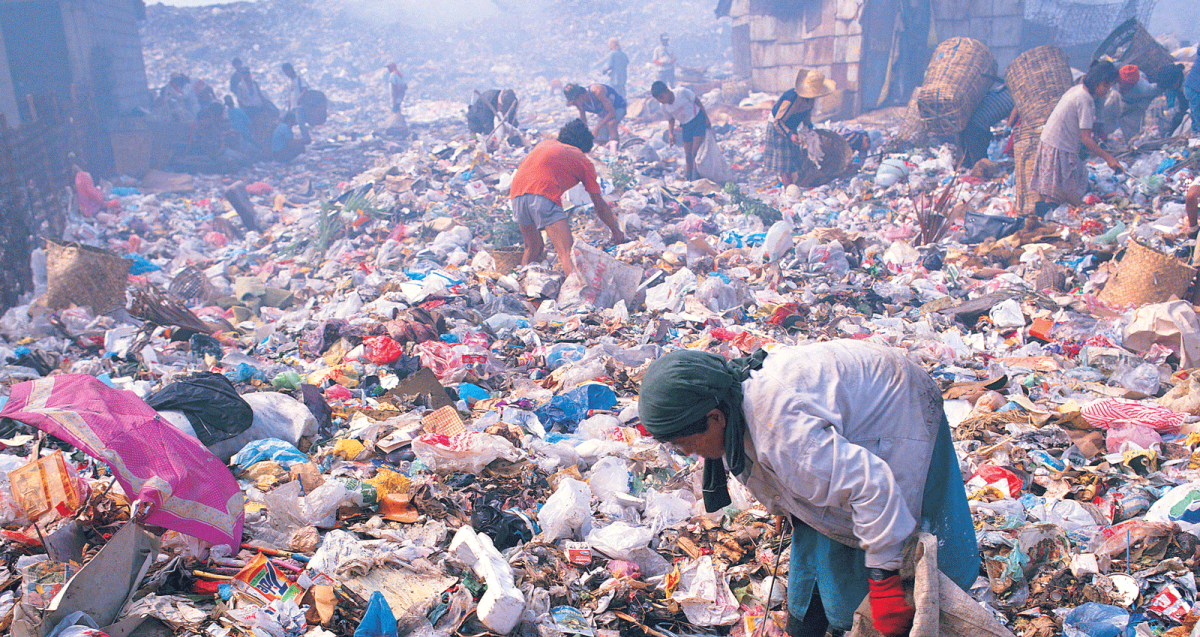The impact of municipal solid waste has surpassed local and regional boundaries and has become a global challenge, with mounting public health, environmental, social, and economic costs. In this context, there is an imperative need to move on from the traditional linear economic model (take-make-dispose) and adopt sustainable alternatives such as the waste hierarchy and circular economy approaches.
A waste hierarchy approach prioritizes waste prevention, reuse, recycling, and recovery before disposal. A circular economy closes the loop between extraction, manufacturing, and disposal by advocating for designing products to reduce waste, using products and materials for as long as possible, and recycling materials from end‐of‐life products back into the economy.
The evaluation covers all World Bank and International Finance Corporation (IFC) activities related to Municipal Solid Waste Management (MSWM) during fiscal years 2010–2020, and assesses the relevance of the Bank Group’s approach and engagement in meeting client country needs, considering the latest evidence and thinking on MSWM practices and country context and readiness.
The report evaluates the Bank Group’s cohesion across its institutions—World Bank, IFC and the Multilateral Investment Guarantee Agency (MIGA), as well as its collaboration and partnerships with other actors to support better outcomes for client MSWM needs.
Finally, the report assesses the effectiveness of Bank Group engagements in delivering improved MSWM for clients and the factors that explain such effectiveness.
The World Bank has agreed to the three recommendations in the report.







